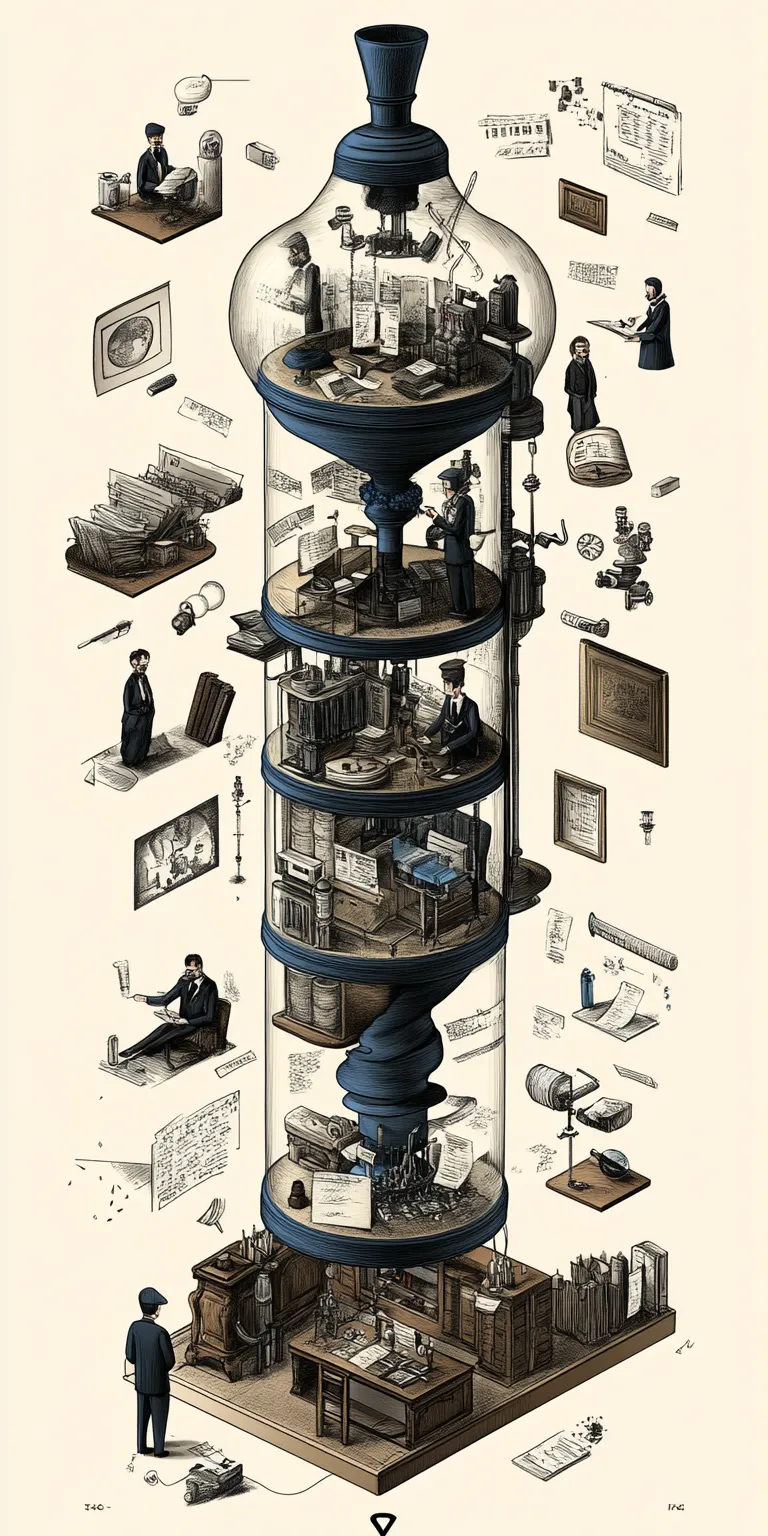THE INVISIBLE BUSINESS CRISIS
They Need You. They Want You. But They'll NEVER Call You.
Every Day, Your Perfect Customers Are Choosing Your Competitors.
For A Reason That Has NOTHING To Do With Quality, Price, or Experience.
Picture this scenario playing out right now across your local area: A customer suddenly needs exactly what your business provides. Maybe it's a last-minute catering order for an important meeting... a desperately needed hair appointment before a job interview... or an emergency Plumber for a leaking pipe.

But Here's
The DEVASTATING Reality...
In approximately 6 minutes and 15 seconds, they will have:
Searched online for available options
Made snap judgments about several businesses
Selected their top choice
Called them
And either booked the service or moved to their second option
If your business isn't perfectly positioned during this rapid decision journey, you'll never even know this customer existed.
"BUT MY WORK
SPEAKS FOR ITSELF!"
Unfortunately, it doesn't. Not anymore.
I've analyzed over 12,000 local buying decisions across dozens of industries, and the evidence is undeniable: Today's consumers make their selection based almost entirely on what happens in the first moments of their search—before they've experienced your actual service.
This creates three brutal chokepoints where most local businesses lose customers:
1 - THE VISIBILITY TRAP
When your customers search: if you're MISSING from their search results, you'll have ZERO chance of capturing their business! Your competitors who list ahead of you will naturally have all the advantage and steal the work out from under you.
The numbers tell the brutal story: 83% of all new business automatically goes to companies capturing those top positions, leaving invisible businesses wondering why their phone never rings.
2- THE CREDIBILITY CRISIS
Once your found, you have roughly 7 seconds to establish trust before they make a "choose or drop" decision. Your online presence either triggers immediate confidence or immediate suspicion—there is virtually no middle ground.
3- THE RESPONSE GAP
When customers finally decide to call, you have just 30 seconds to capture their business. Miss that window, and they'll immediately dial your competitor.
The most alarming statistic is that 87% of local businesses never consistently answer their phone—virtually guaranteeing that the customers they worked so hard to attract will take their business elsewhere.
This single point of failure causes the average business to lose 3 out of every 4 potential new customers, all because nobody was available to say "hello."

Why Should You Want To Be
The Go-To Provider in Your Area?
Because Everything is easier.

Sales happen more naturally – because clients begin conversations already wanting to work with you. The dynamics shifts from trying to convince skeptics to agreeing prices and confirming details with eager clients.
Price objections fade significantly – when your expertise is valued above your competitors. They expect that quality commands a higher price. Giving you healthier profit margins with no more justifying your rates, and pressure to discount.
Recommendations happen more often– as satisfied customers become your advocates, providing reviews and referring friends and family.
You can schedule the work that best serves your business goals – rather than being forced to accept jobs out of financial necessity or on the clients time line, as they'd rather wait on your availability, than use an unknown competitor.
Attracting and keeping skilled staff becomes simpler – as they naturally gravitate towards your businesses market position, strong reputation, along with your ability to pay higher rates and provide consistent work.
Growing customer demand becomes easier – when you leverage your reputation in new advertising. It creates new opportunities from people who haven't realize they need your services, substantially increasing your total addressable market.
You can harness your reputation in advertising – making it easier to create new customer demand, opening doors to entirely new audiences— people who don’t yet understand how your services can benefit them and dramatically increasing your market opportunities.
Automation simplifies your entire operation – as systems handle customer acquisition, follow-up, and engagement processes. These streamlined procedures reduce complexity, minimize errors, and create a business that runs more efficiently with less direct oversight.

But This is Not For Everyone
After helping hundreds of local businesses transform their operations, I've learned that success depends on some fundamentals: an active business (not just an idea), a market big enough to support growth, the willingness to follow proven systems, and the capacity to handle more customers. If you're missing any of these, stop reading now, and come back when your ready to move forwards.

First, you need an active business – this isn't about plans, ideas, or "almost ready to launch" scenarios. We're talking about a real operation that's already serving customers and generating revenue. Why? Because transforming an existing business is completely different from starting one from scratch. We need real customer interactions, actual service delivery experiences, and current market feedback to work with. Without these, we're just theorizing, and theory doesn't pay bills. It can be small – a one man band; as long as its running.
Second, your market must be large enough to support growth – it doesn't matter how amazing your service is if there aren't enough potential customers who can afford it. We need a healthy population base in your service area, demonstrated demand for what you offer, and room for expansion. This isn't about competing in a tiny pond - it's about having enough opportunity to build something substantial. If your market is too small, even the best marketing won't create customers who don't exist.
Third, you must be willing to follow proven systems – look, we've spent years developing and refining processes that work. This isn't about creativity or reinventing the wheel - it's about implementing what's already proven to succeed. If you're the type who needs to do everything your own way or believes systems restrict your freedom – then we're not a good fit. We need partners who will actually implement the tools and strategies we provide, not argue with every step. We know they work, and work well!
Fourth, you need the capacity to handle more business – this might seem obvious, but you'd be surprised how many businesses want growth without preparing for it. When our systems start working (and they will), you'll get more calls, more customers, and more opportunities. You need the time, resources, or team to handle this increase. If you're already maxed out and overwhelmed, adding more customers will only make things worse. We need to know you can deliver on the growth we help create.

But The Good News: We'll Automate Most of it.
Now, I know what you're thinking: "This sounds like a lot of work." But here's where it gets interesting. We're not just giving you more tasks to handle - we're actually going to take work off your plate.
